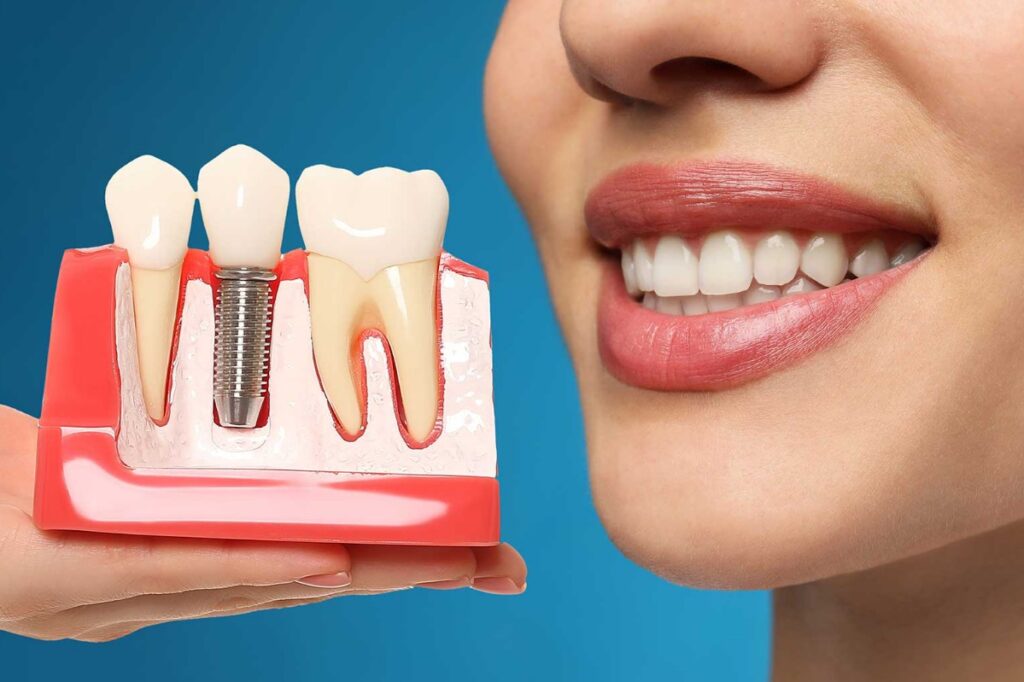This type of discoloration is removed by tooth cleaning. In addition to these, aging, root canal treatment, antibiotics used in childhood (tetracycline) and various systemic disorders also cause discoloration on the tooth surface. The process of removing all these colors by applying various whitening materials to the tooth surfaces under the control of a physician is called bleaching.
The whitening rate is proportional to the person’s own tooth color. Teeth can be lightened by at least three to four tones with this procedure.
HOW IS BLEACHING DONE?
Bleaching application can be done with two methods, home and office bleaching.
Home Application
It is partially under the control of a physician; it is a method that the patient can apply on his/her own.
The physician takes measurements from the patient, prepares molds in the laboratory, and the patient places whitening materials into these molds. It should be kept in the mouth for five to seven hours. Whitening is completed in one to three weeks.
Office Type Application
It is applied in the clinic. After the teeth are cleaned and treated, a protective barrier is applied to the gums, which is a very delicate procedure. Afterwards, the whitening material is placed on the teeth by an experienced physician. Depending on the material used, the procedure is completed with or without the application of light. The result is instant.
HOW LONG DOES THE TREATMENT LAST AND HOW LONG DOES IT TAKE TO RESTORE THE TEETH?
It takes 1-3 sessions in office type application and 7-14 days in home type application. The whiteness obtained lasts for a few years in the mouth, and the time to return to its former state varies from person to person, depending on eating habits, brushing habits and cigarette consumption.
DOES THE WHITENING PROCESS HURT? IS IT HARMFUL TO THE TEETH?
There is no harm if performed by experienced physicians. Sensitivity to cold and heat may occur during the bleaching process. If desensitizing agents are used by the physician, this situation can be minimized. If the whitening material is used in appropriate concentration, it does not harm the teeth.








